Bay Area Medical Breakthroughs
3D-Printed Hearts, Electronic Skin, Brain “Microscopes”
3D-Printed Hearts have emerged,
Are they usable? Are they reliable?
Is the electronic skin for human-machine symbiosis here? Will prosthetic patients regain their sense of touch?
How can a 1.7-gram “Brain Observer” assist breakthroughs in Alzheimer’s treatment?
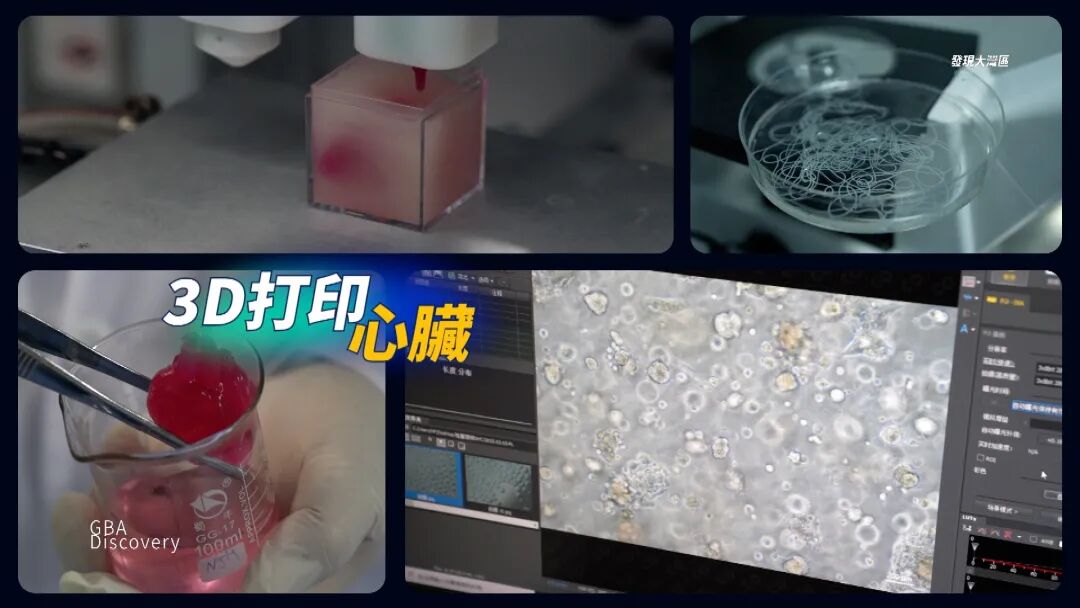
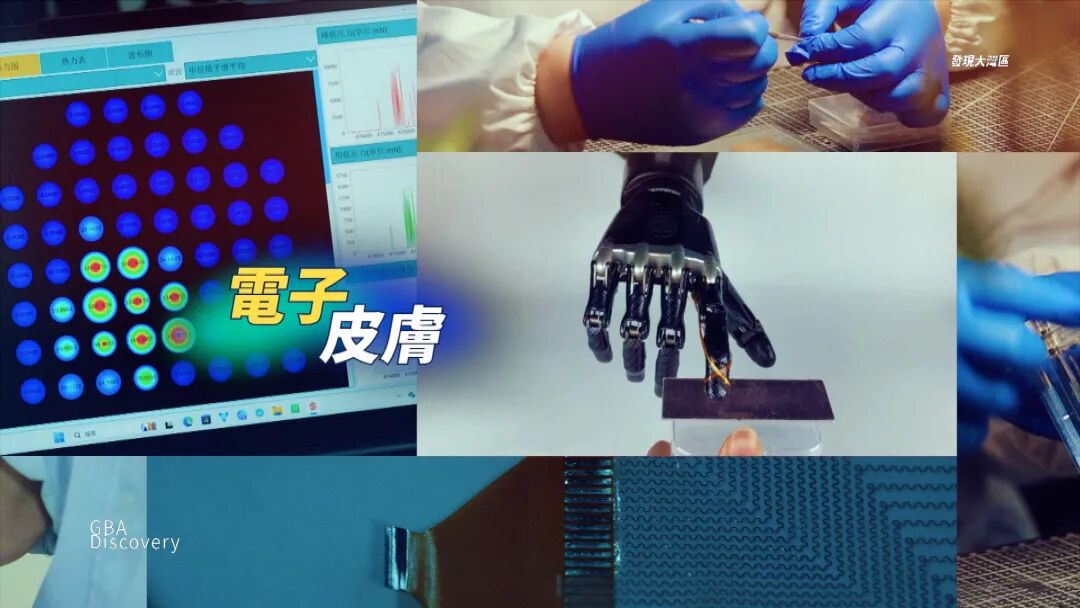
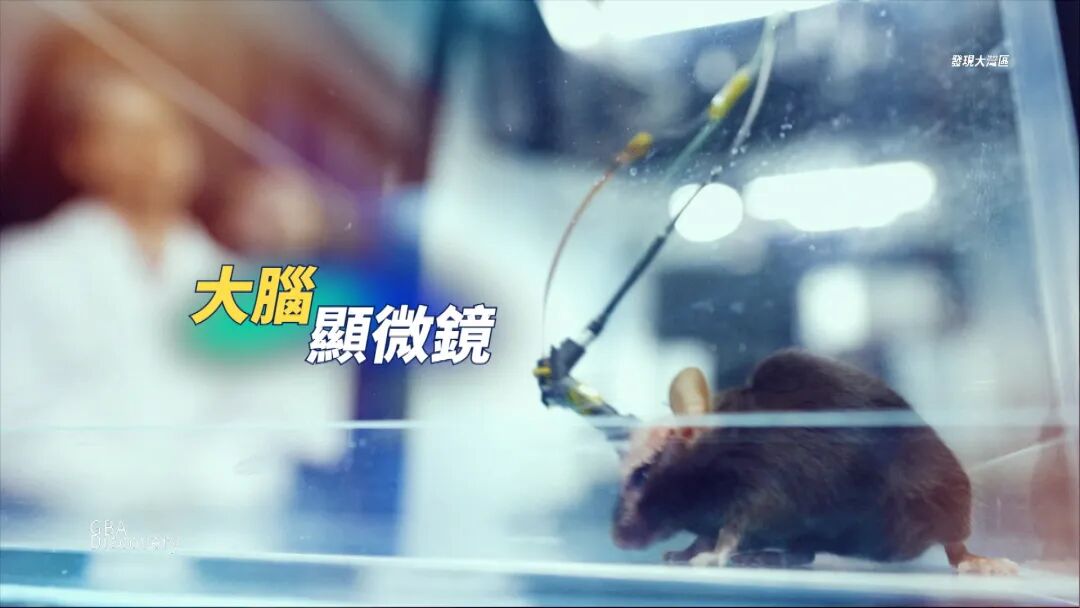
These scenarios, which sound like science fiction, are becoming a reality in the Greater Bay Area laboratories! Today, let us follow the program team to see how these medical “black technologies” are entering our lives.

A Beating Heart
Born from a Printer?
Hearts can also be 3D printed??
At theTsinghua University Research Institute in Shenzhen, we witnessed the birth of a heart.
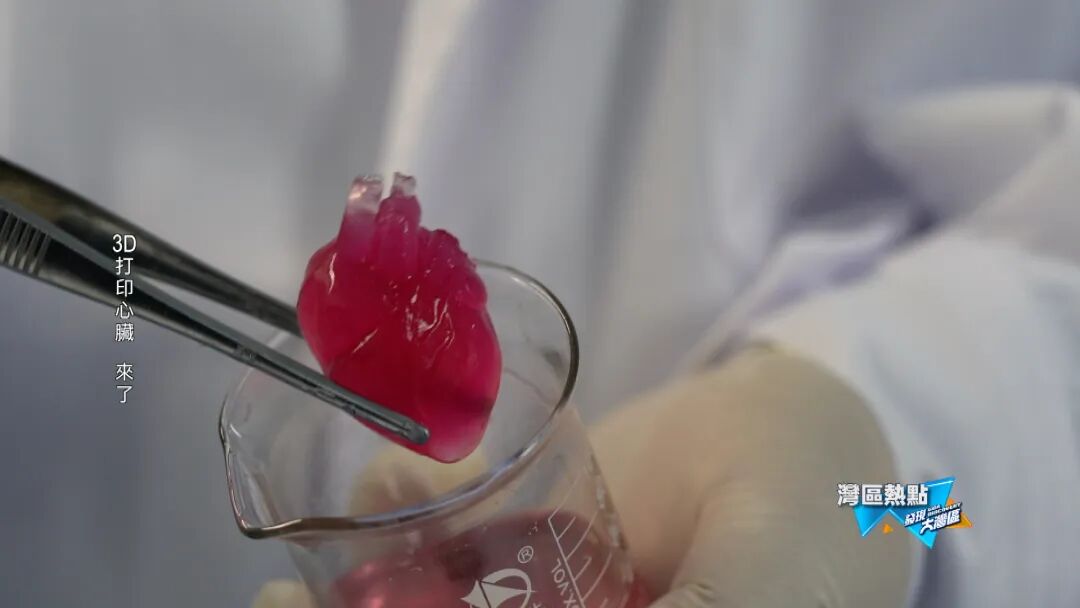
Organ 3D printing involves usingliving cells to print organs with the same structure and function. So what steps are needed to successfully print a heart?
1. First, abioprinter is required.
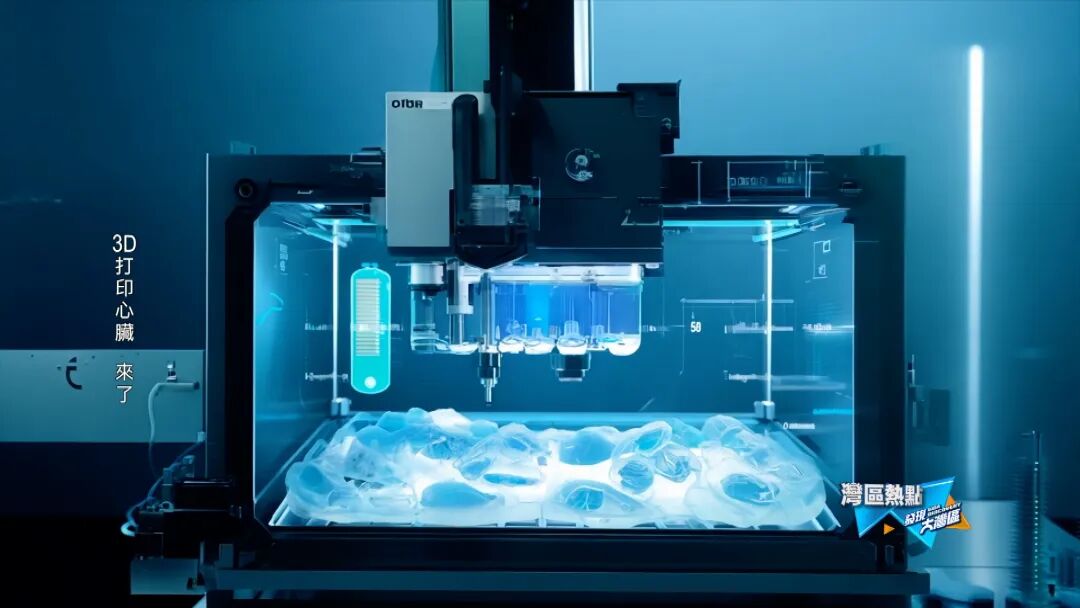
2. Prepare the “ink” for bioprinting, which is actually cells. Printing an organ requires a large number of cells.
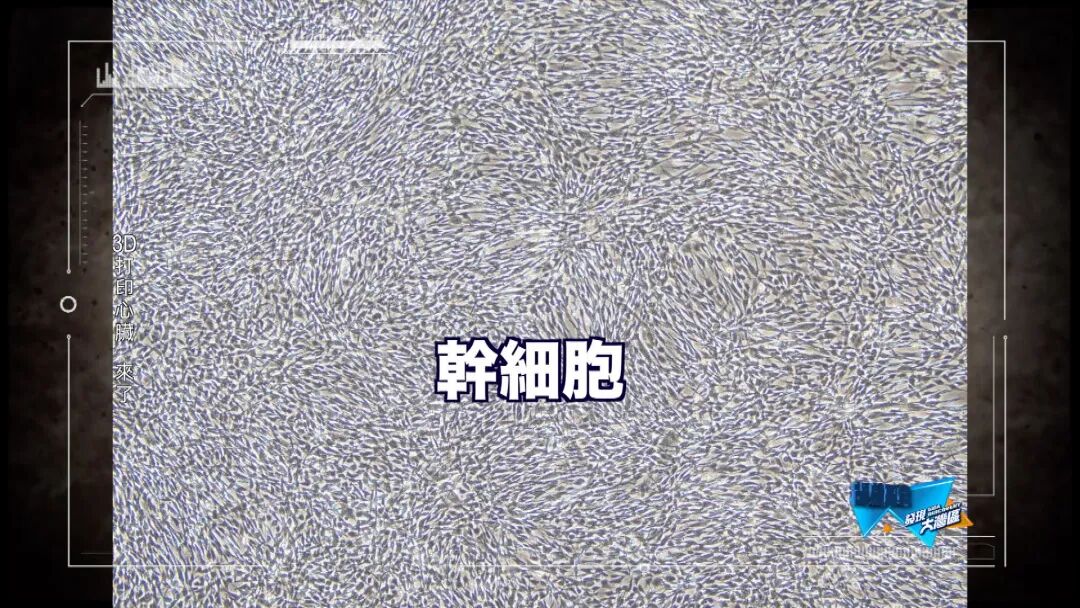
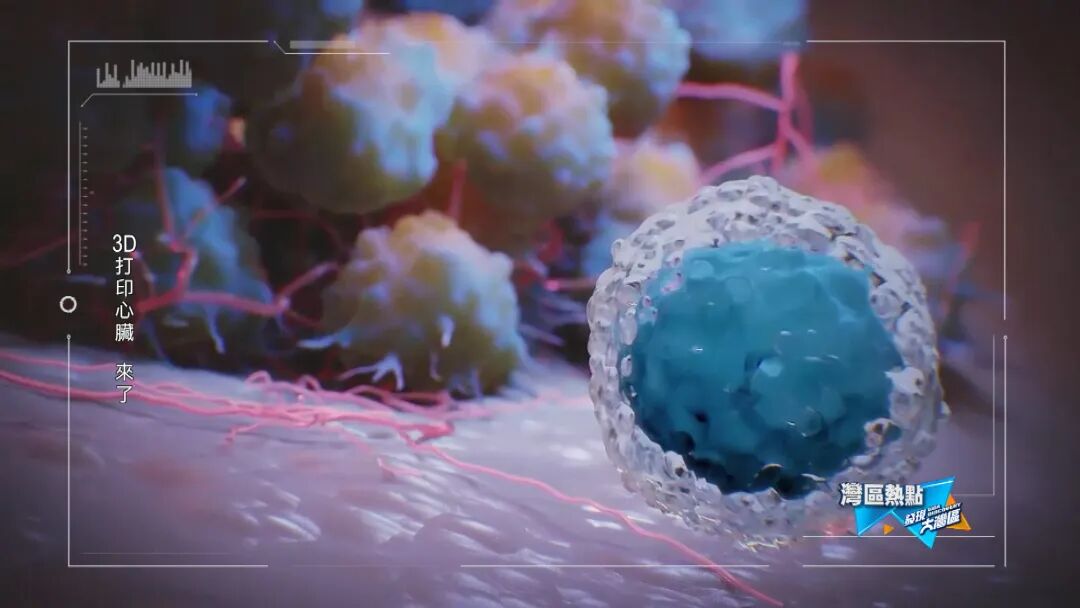
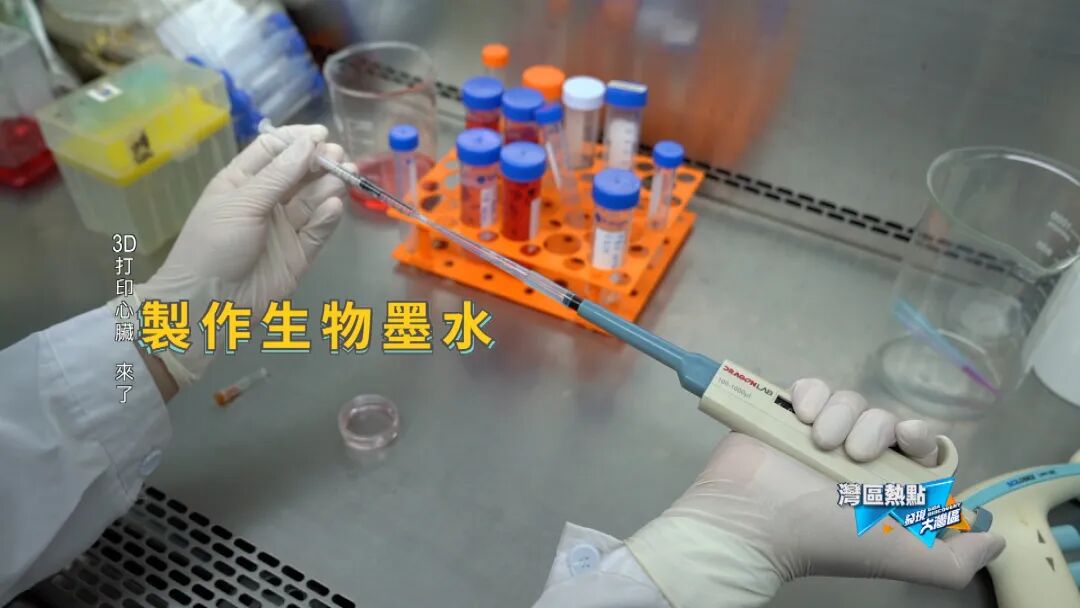
3. Draw the biological ink, transfer it to the “ink cartridge”, set the printing parameters, and start printing. This is the second 3D printing process, which will ultimately print the organ or organ-like structure.
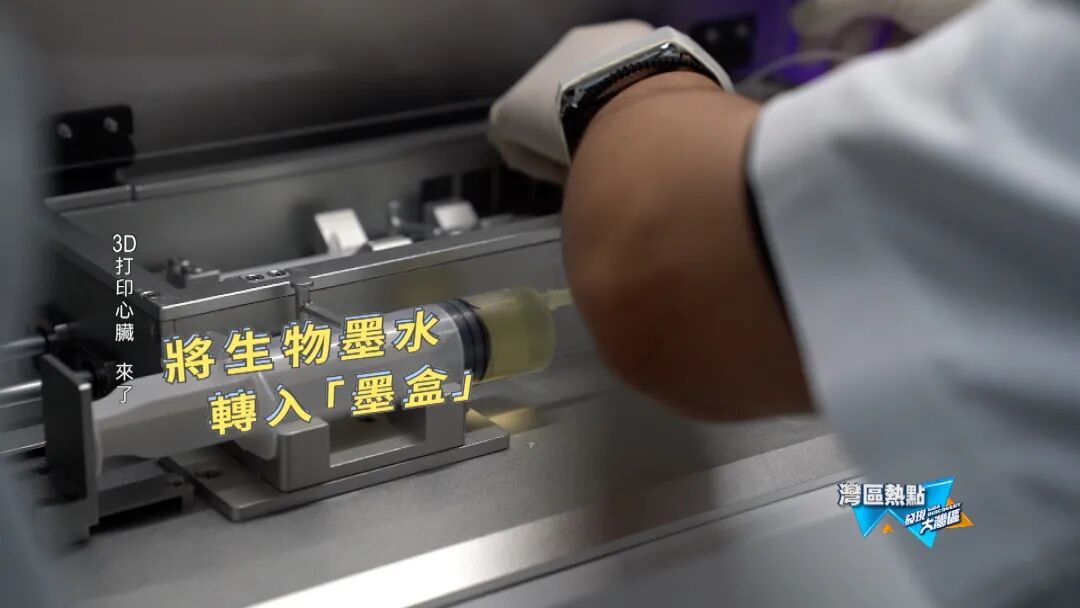


The Amazing Biological Ink
What does it look like?

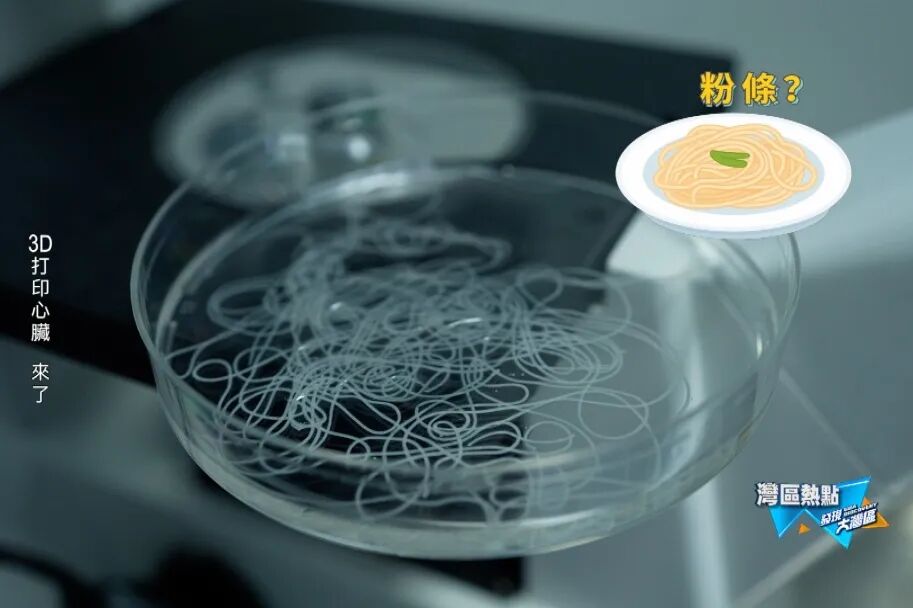
Don’t underestimate this structure that looks like vermicelli; it is actually a luxurious residence for cells. Traditional cell culture occurs in petri dishes, where cells grow in a single layer, like lying on a large bed, which is not conducive to survival. In contrast, the cells in the “vermicelli” have a three-dimensional spatial structure similar to that in the human body.
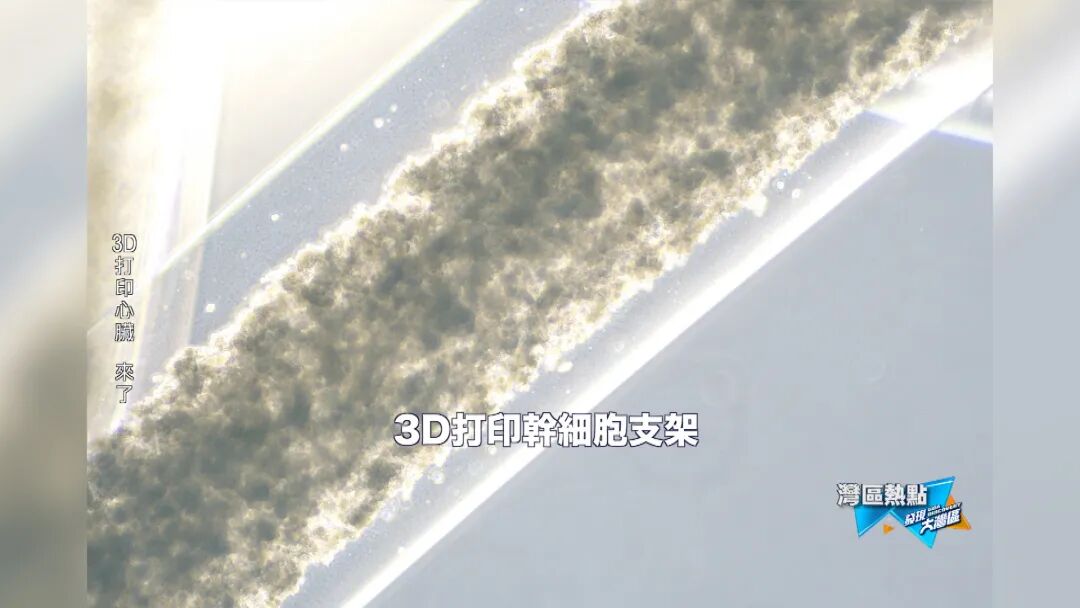
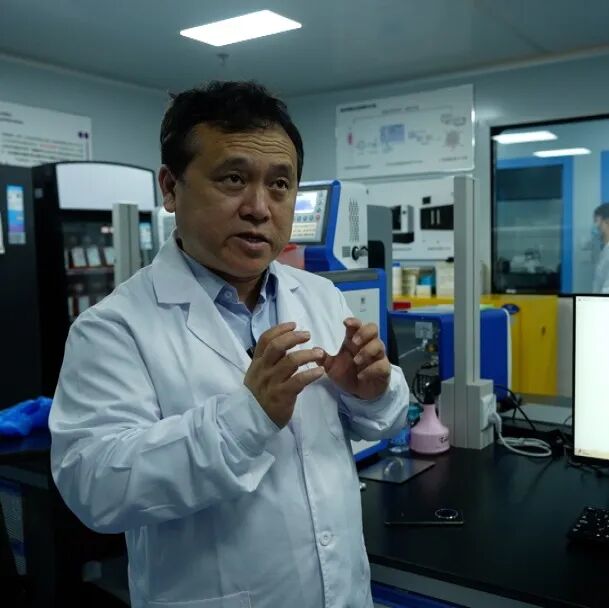
Tsinghua University Research Institute in Shenzhen
Director of the Biomanufacturing R&D Center
Xu Tao
“Look, we take two of these long noodles, and there are about a billion of them. This is similar to the bone marrow lines in our bone marrow cavity, forming a family-like growth environment. This is the environment where our stem cells should reside. In this environment, we provide a five-star home for the cells.”
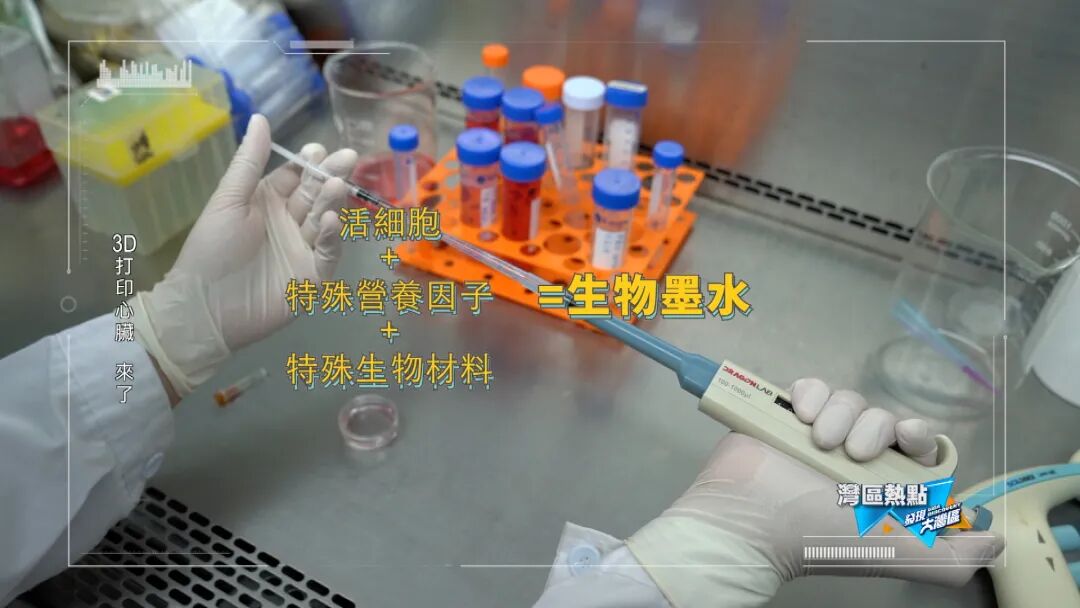
Living Cells + Special Nutritional Factors + Special Biological Materials = Biological Ink

Organ Printing Difficulty Ranking

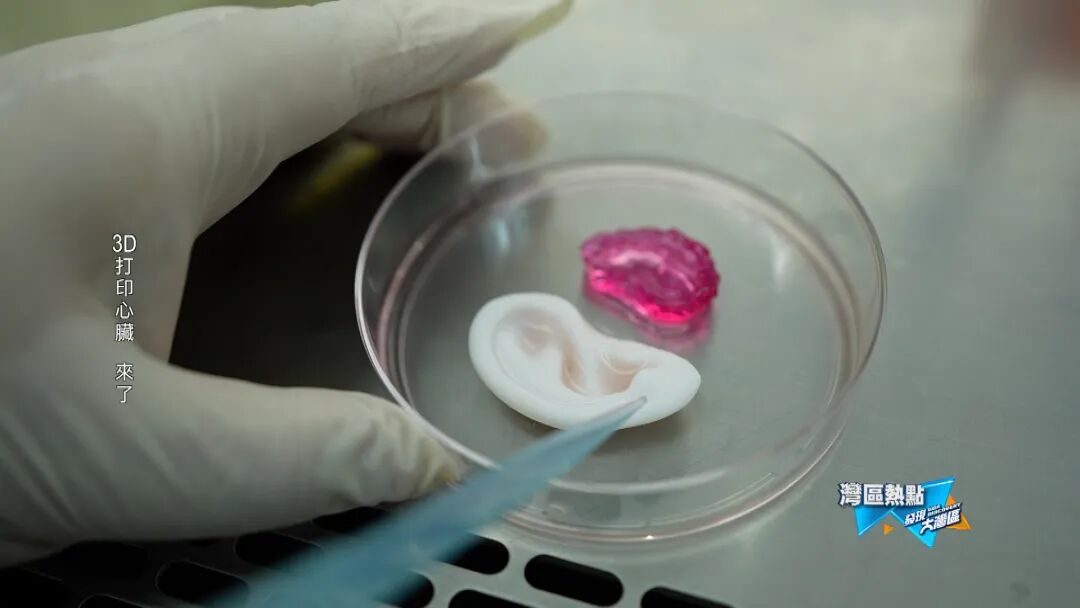
The global shortage of organs has always existed. Nowadays, bioprinting technology has made some progress in constructing small organ models. So what is thedifficulty level of organ printing? Let’s rank them.
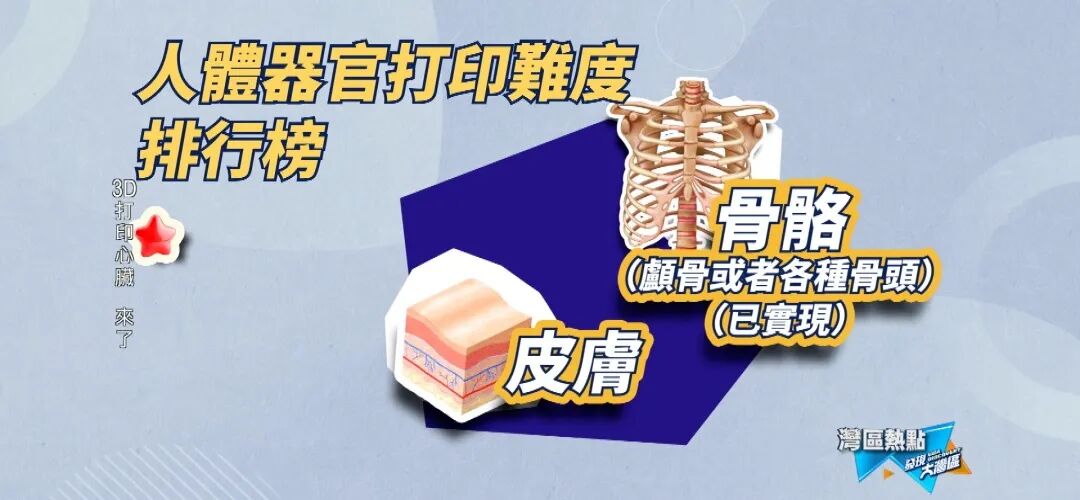
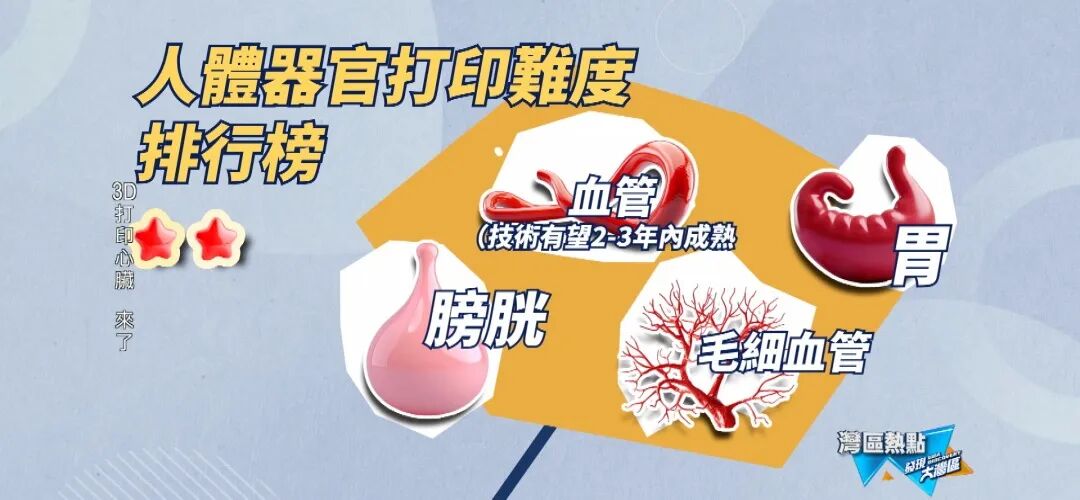



3D-Printed Organs
Precise Screening of Anti-Cancer Drugs

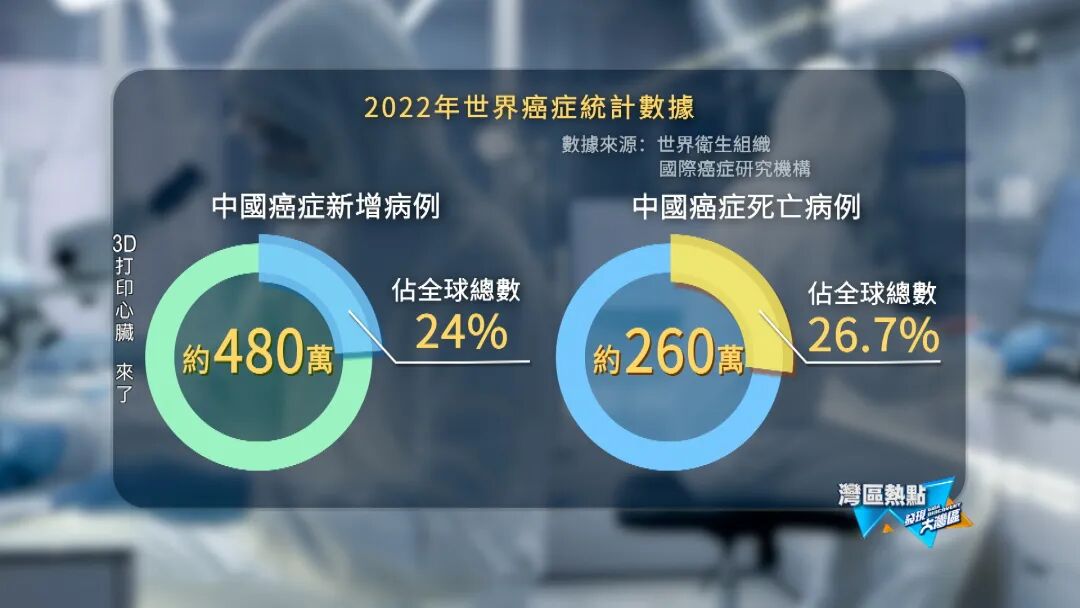
Data shows that in 2022, there were approximately 4.8 million new cancer cases in China (accounting for 24% of the global total), and about 2.6 million cancer deaths (accounting for 26.7% of the global total), making China one of the countries with the heaviest cancer burden. Worldwide, lung cancer remains the most common cancer, while breast cancer is the most common cancer among women in terms of new cases and deaths.
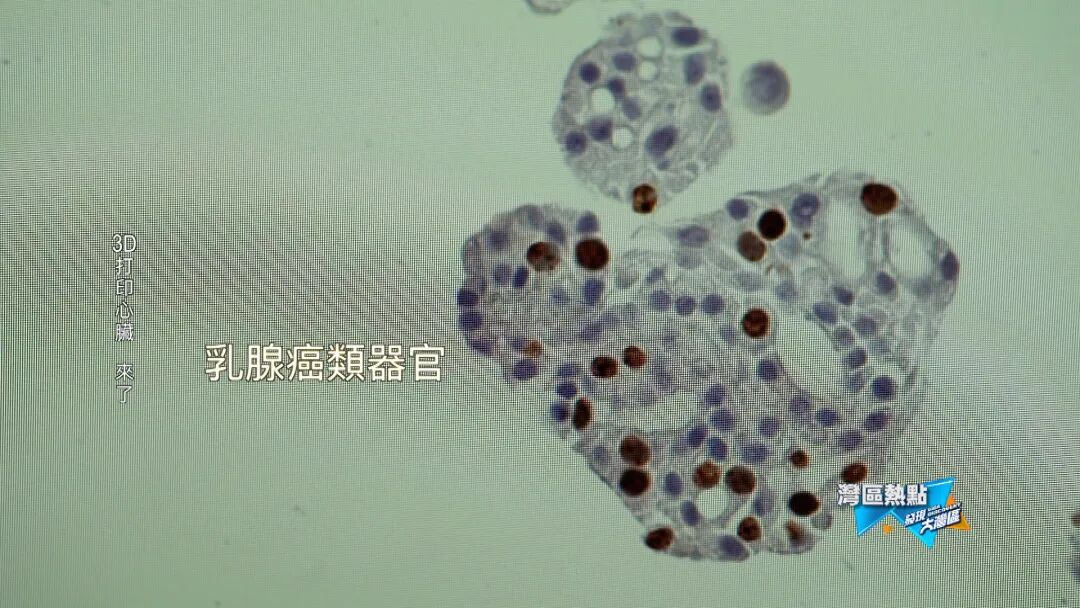
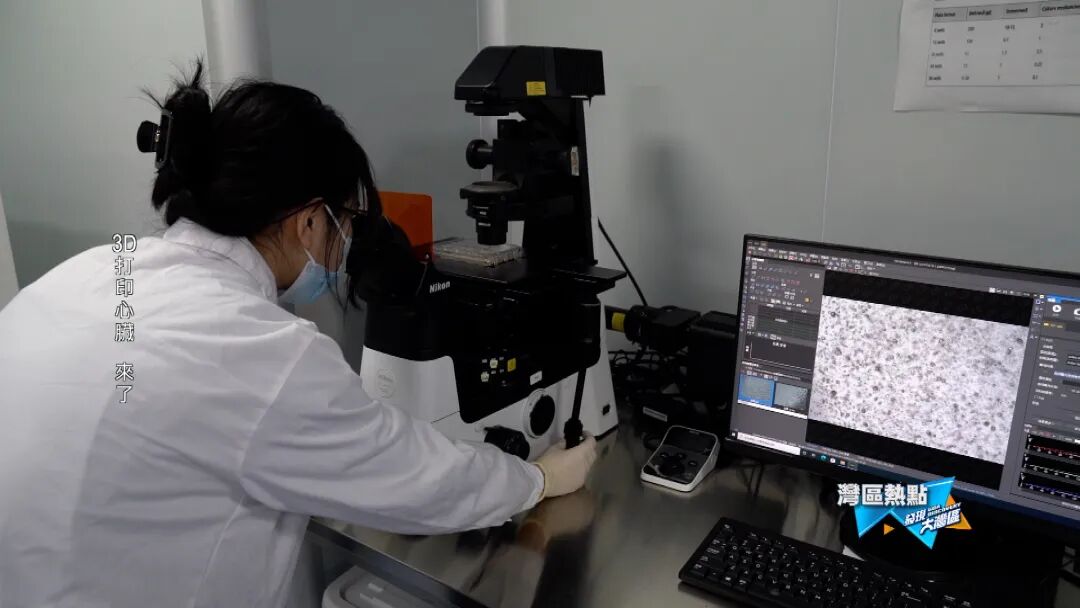
Cancer is an extremely complex disease. For different types of cancer, bioprinting technology can printcancer cells, creatingtumor organoids for personalized drug screening in clinical settings, ultimately finding the most suitable cancer drugs, which significantly reduces the screening costs for expensive immunotherapies.
Tsinghua University Research Institute in Shenzhen
Director of the Biomanufacturing R&D Center
Xu Tao
“For example, immunotherapy drugs are very expensive, often costing hundreds of thousands to millions. But how effective are these drugs? Our model can completely solve this problem. We can take that expensive targeted drug and do a preliminary screening. If it binds, we use it; if it doesn’t, we discard it and consider another drug.”
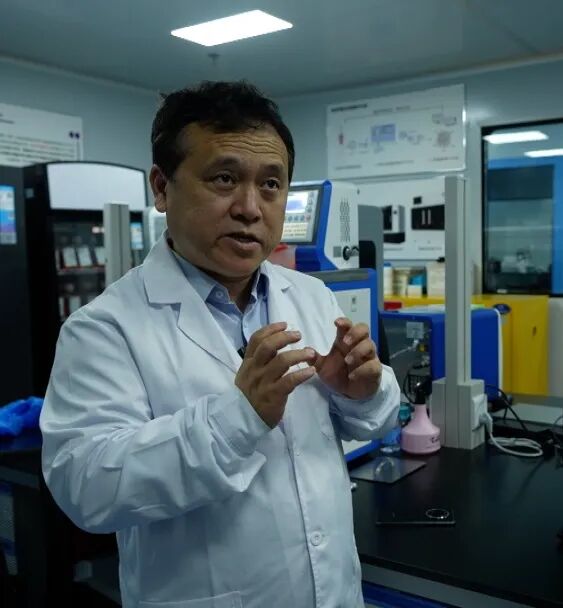
“This is tailored fortumor organoids and is independently developed by our team. It is also the world’s first high-throughput production printer for organoids.”
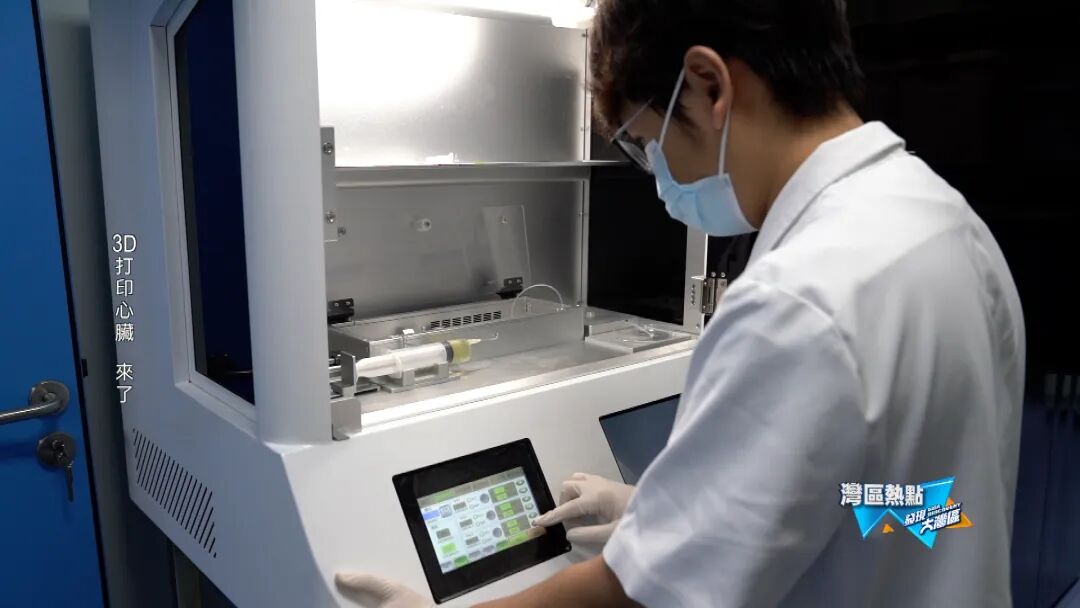
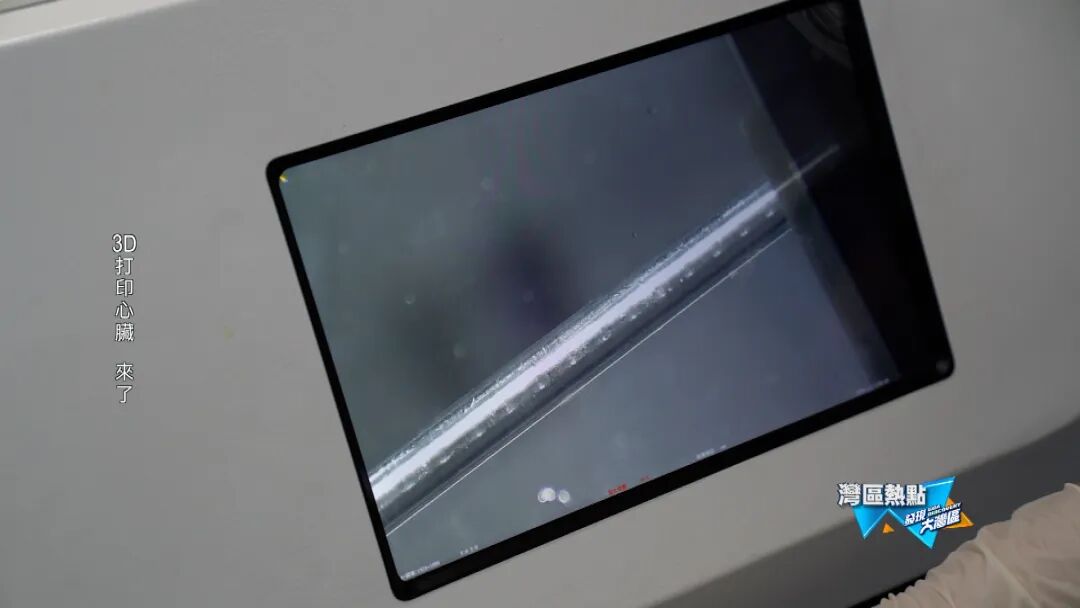
Electronic Skin
Can it give prosthetics a sense of touch?
Recently, humanoid robots have become popular. Will robots in the future be able to perceive the world like humans?
Can people wearing prosthetics gradually regain their sense of touch?
Today, we visitedSouthern University of Science and Technology, where a research team has developed a remarkableelectronic skin.
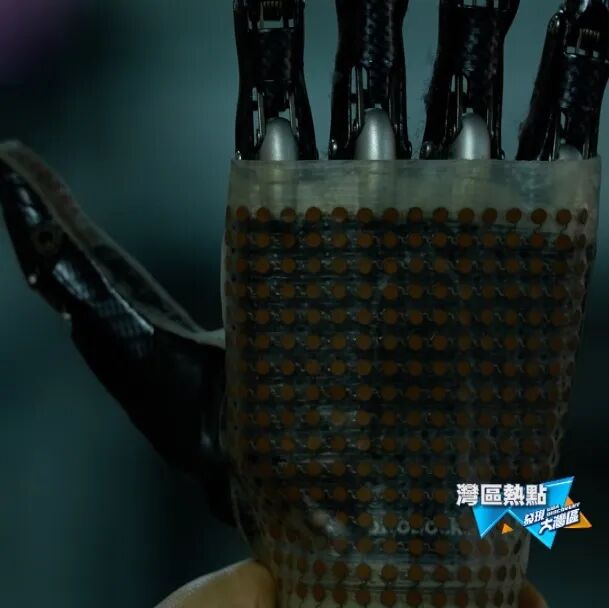
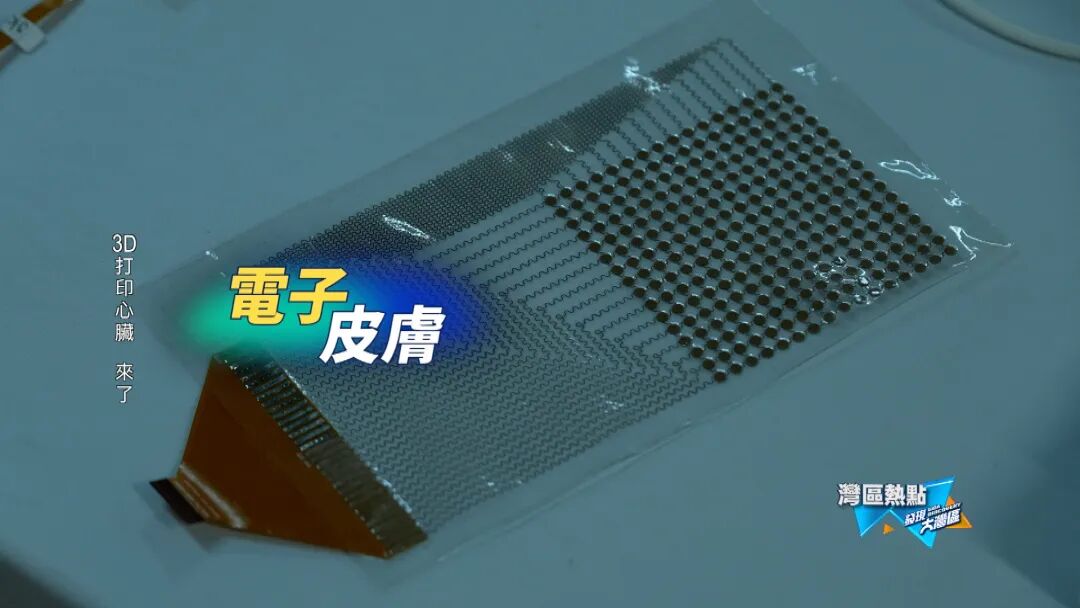
Electronic Skin
is a type offlexible sensor that has a soft, thin form similar to human skin and can interact with the surrounding environment. Meeting the requirements for good adhesion and coverage on devices poses high demands on materials.
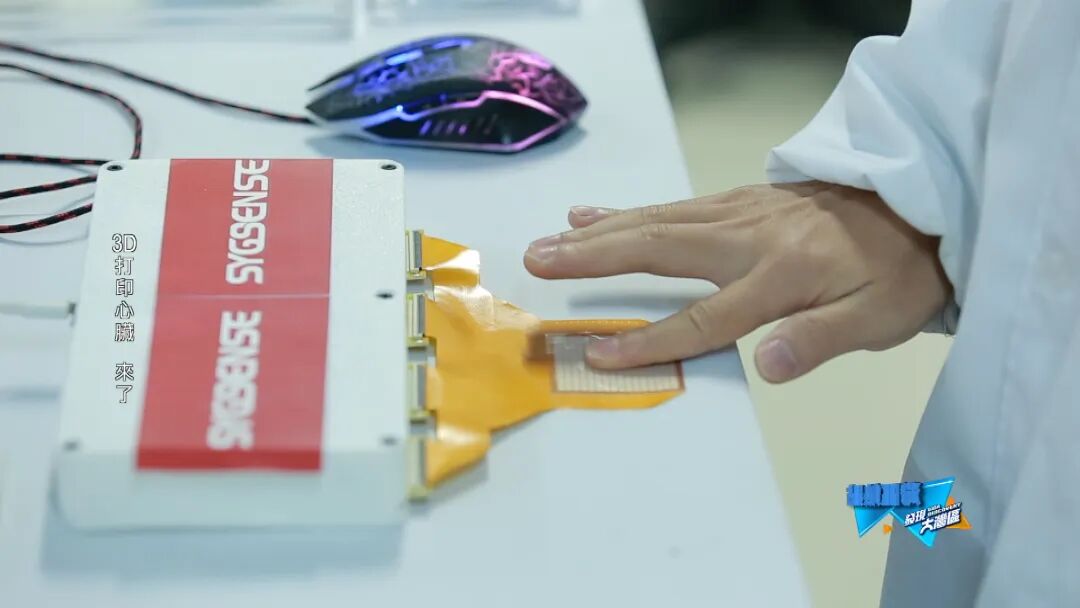
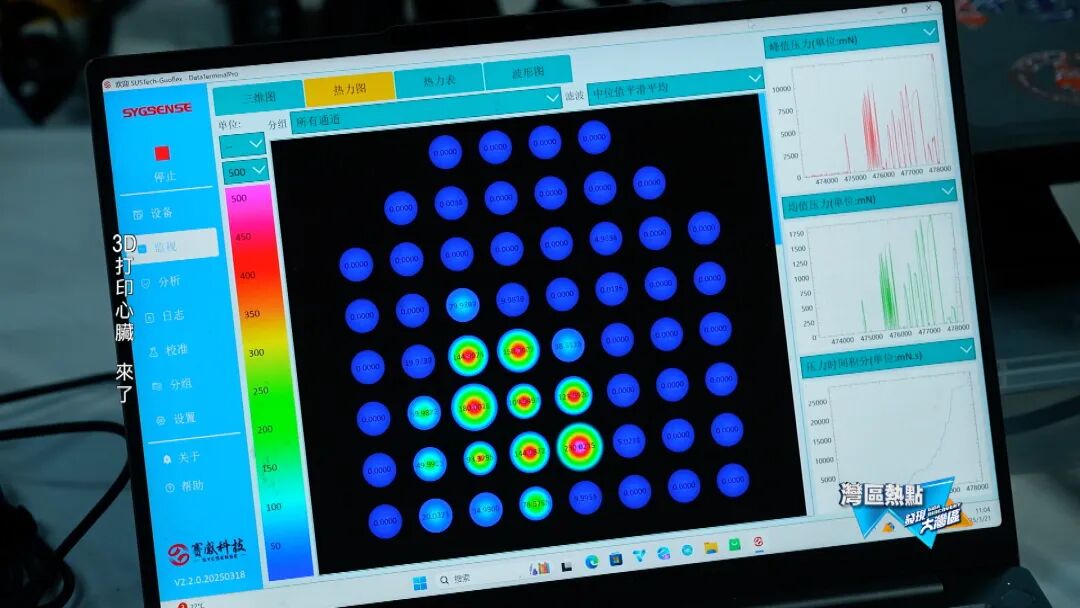
When pressure is applied to the electronic skin, the corresponding pressure sensing diagram is immediately displayed on the electronic screen.
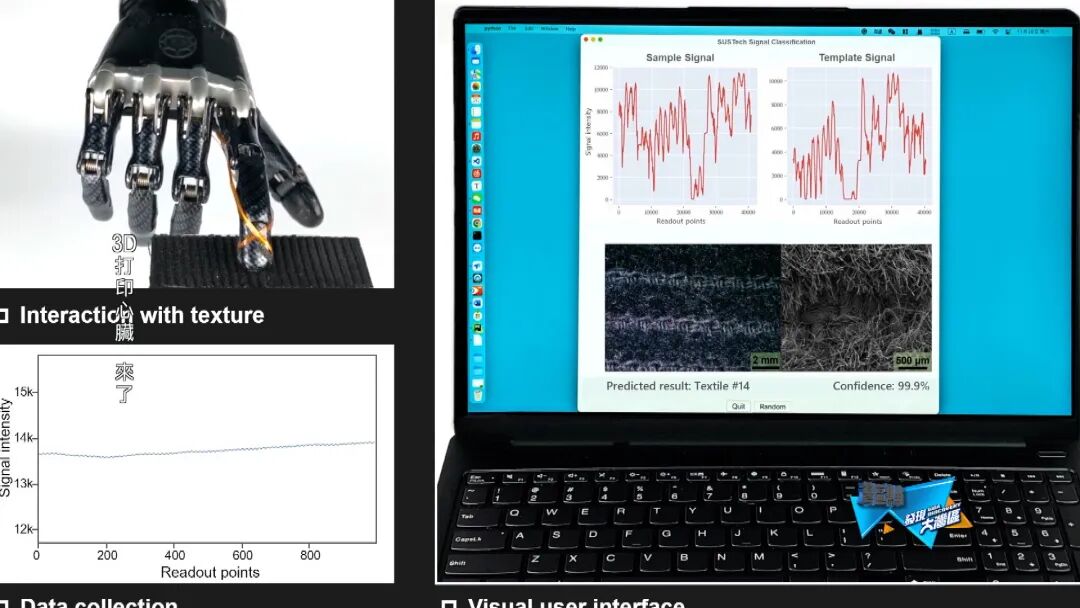
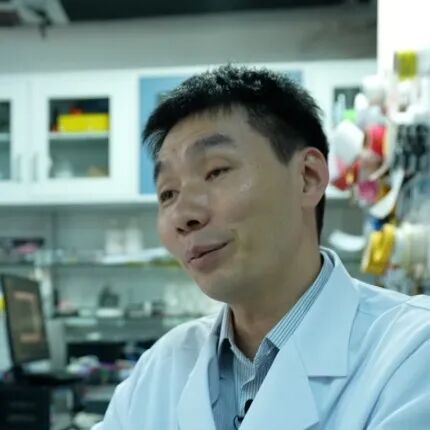
Southern University of Science and Technology
Professor, Department of Materials Science and Engineering
Guo Chuanfei
“In terms of materials, our surface packaging material needs to be soft. We have even recently developed a packaging material that is puncture-resistant, making it difficult to pierce with a needle or knife.”
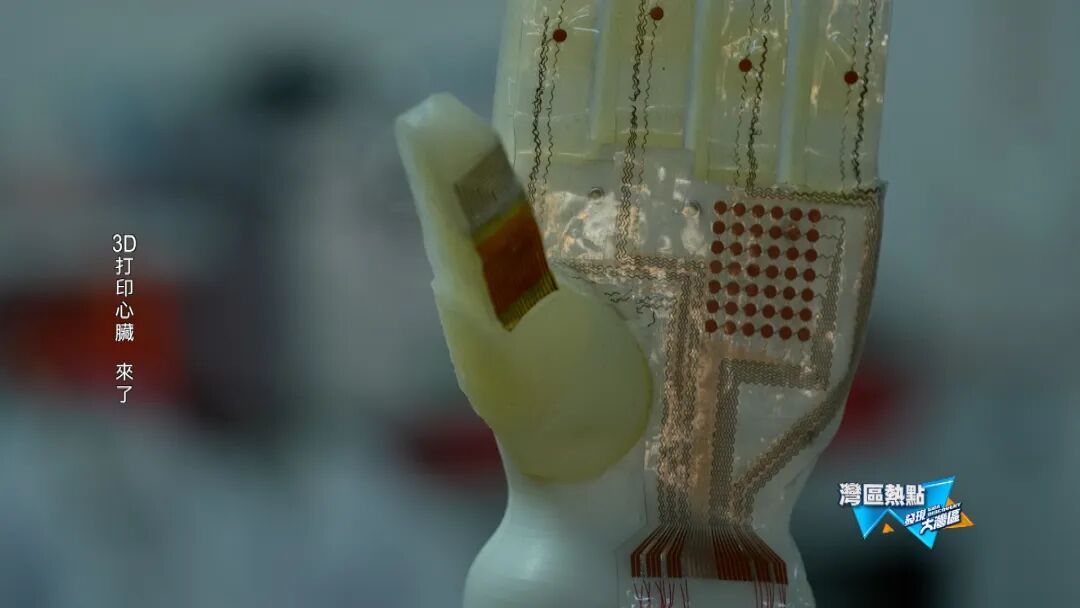
When materials are sensitive, it often means that the pressure measured by the sensor cannot be too high. Researchers have innovated materials to balance both aspects.
“Automobile Tire Testing”
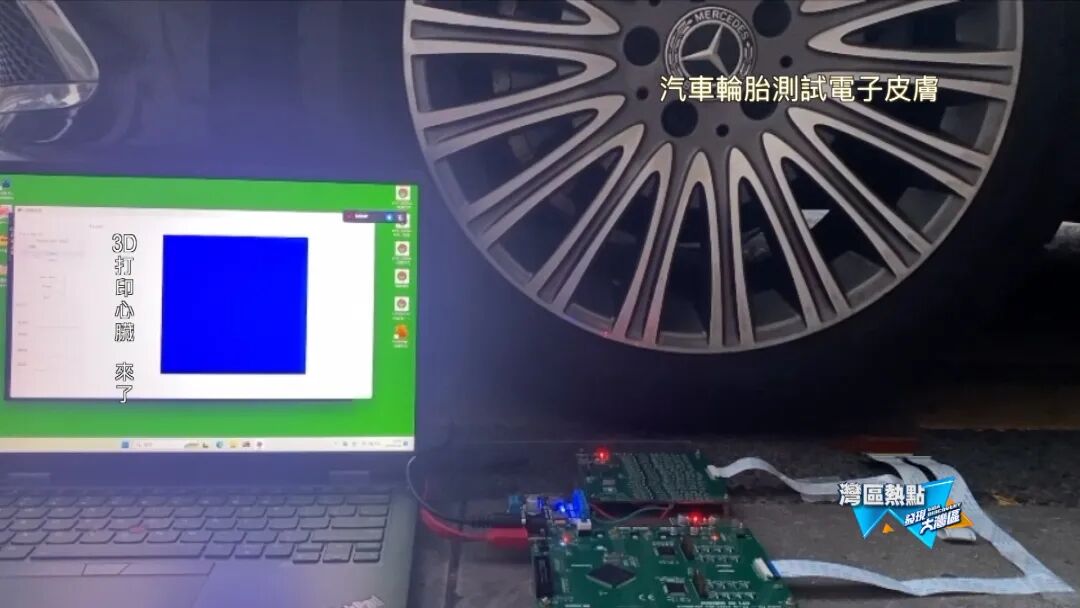
“Precision Testing”
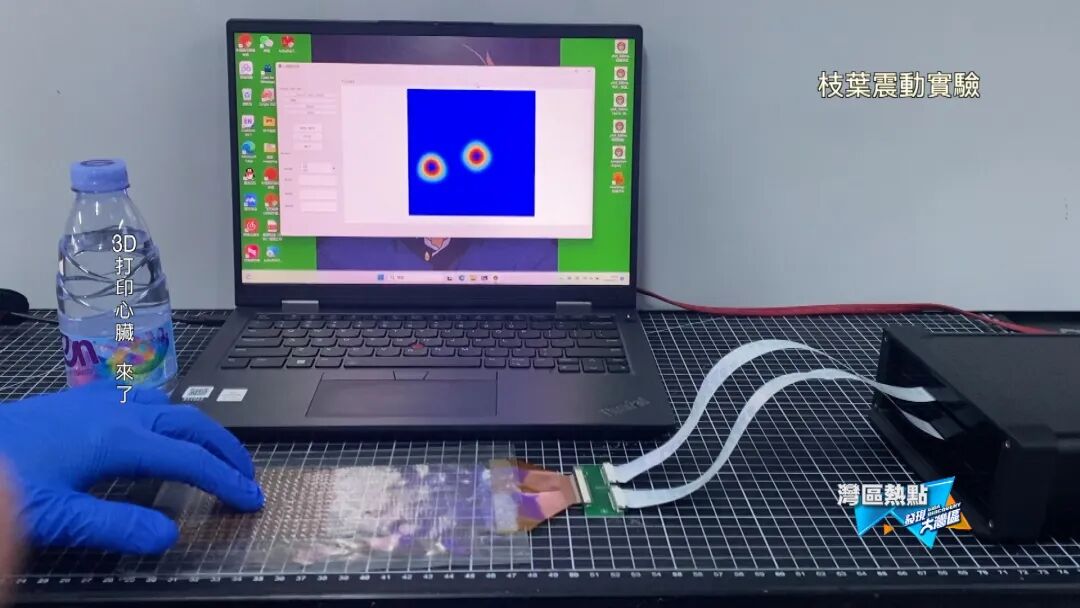
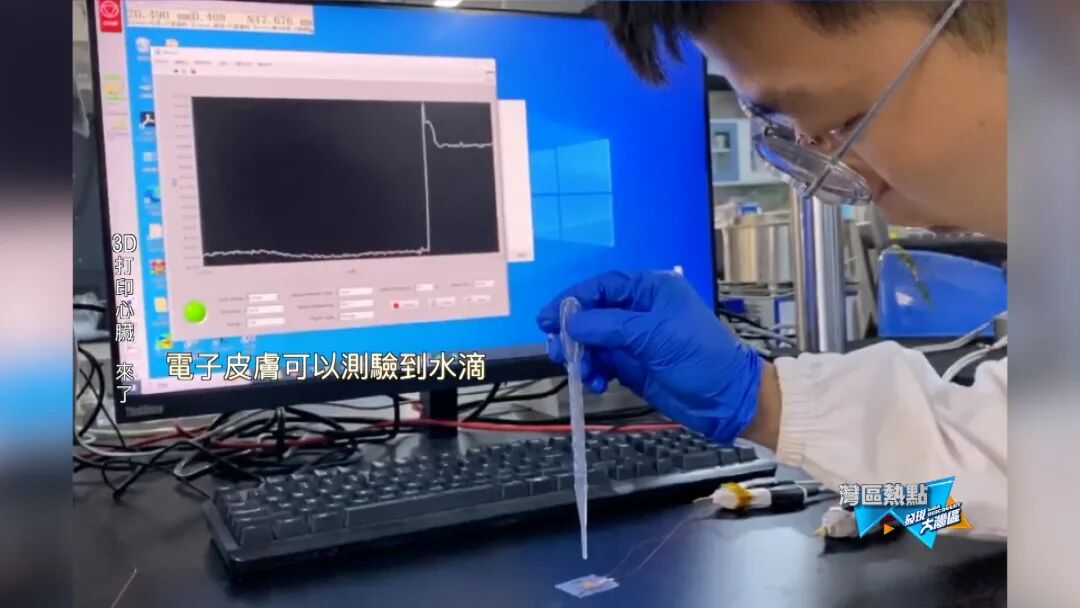

Southern University of Science and Technology
Professor, Department of Materials Science and Engineering
Guo Chuanfei
“Our electronic skin can detect very small forces, such as milligrams, and can also measure very high pressures, such as 10 atmospheres. Therefore, it can perform both delicate and heavy tasks.”
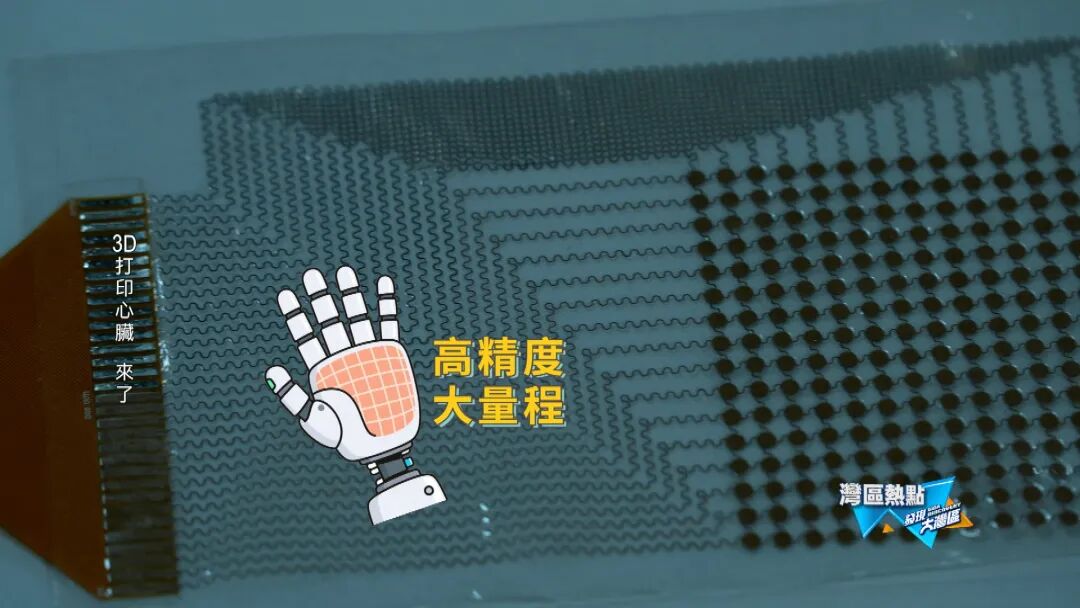
Currently, disabled individuals can control prosthetics throughmyoelectric signals, but prosthetics lack tactile sensing capabilities. The team is currently researching how to enable prosthetics to have a sense of touch while transmitting the interaction signals to the brain. Once this function is achieved, prosthetics can provide users with a more realistic experience.


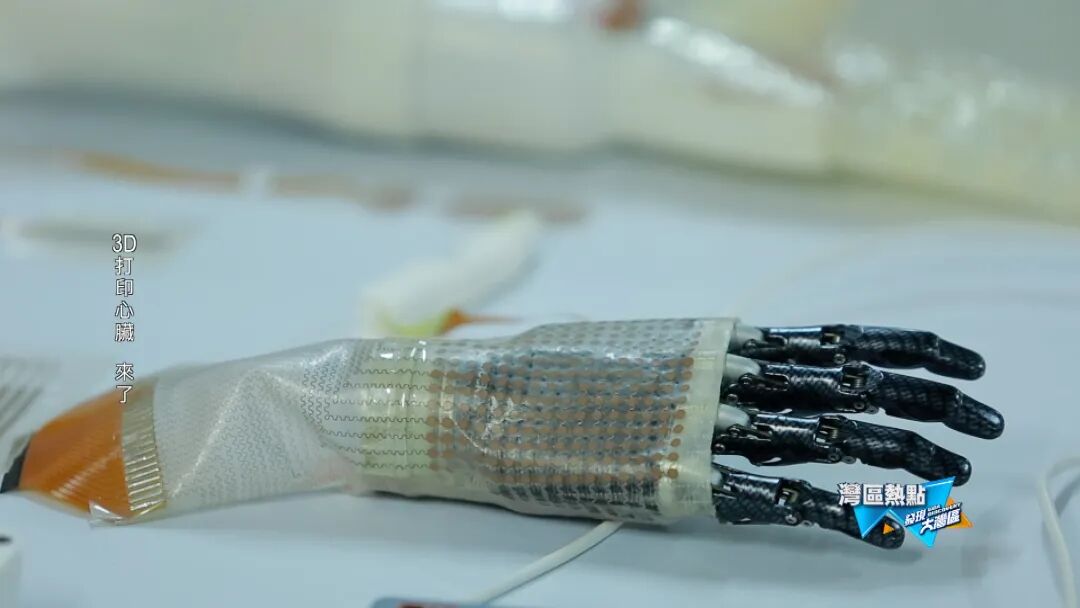
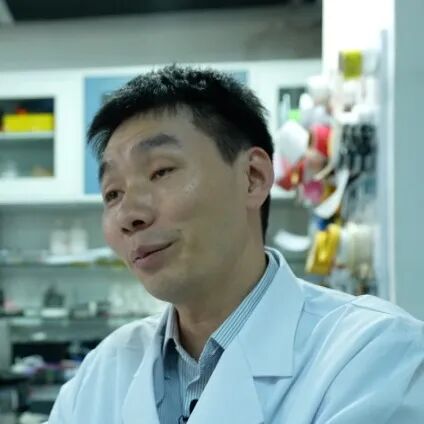
Southern University of Science and Technology
Professor, Department of Materials Science and Engineering
Guo Chuanfei
“Electronic skin can stimulate human skin. For example, a disabled person may have lost their hand, but other skin areas are still intact. I can use electrical stimulation on another area to make them feel vibrations or other stimuli. After long-term training, they can feel as if their hand is touching something or interacting with the outside world.”
Host Luo Yuming
“In other words, I can use electrical stimulation to awaken the remaining sense of touch, similar to how a hearing aid works.”

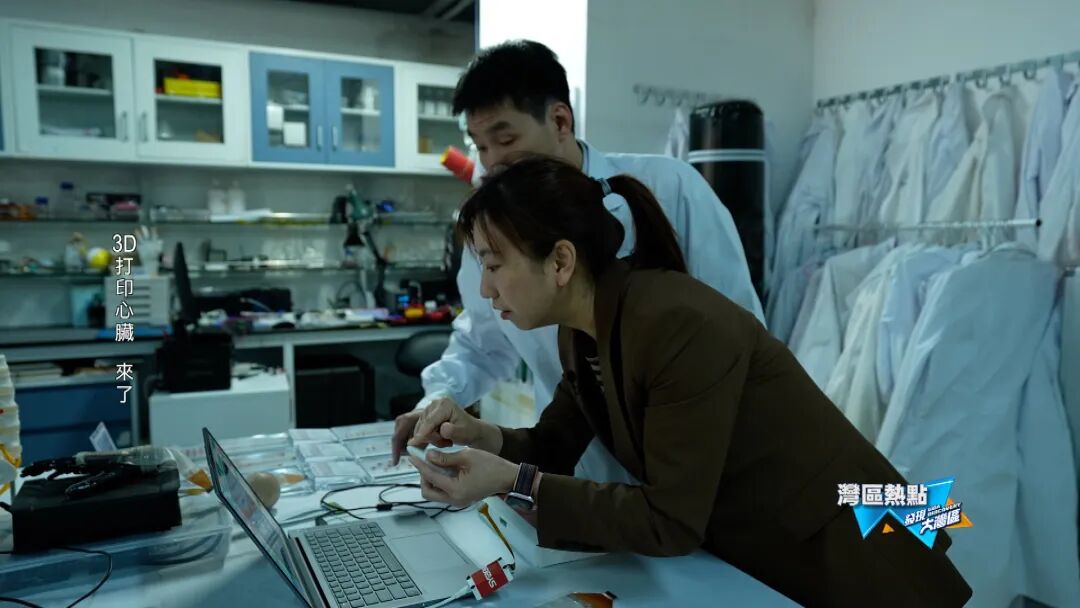
“Brain Observer”
Non-invasive Brain-Machine Interface
Unlocking the Secrets of Brain Diseases

These mice with head-mounted devices and antennas are not playing games; they have an important task. At the Shenzhen Advanced Institute, scientists have created a new wearable brain-machine interface tool weighing only 1.7 grams.
It can observe theneuronal activity and blood oxygen metabolism of freely moving mice.
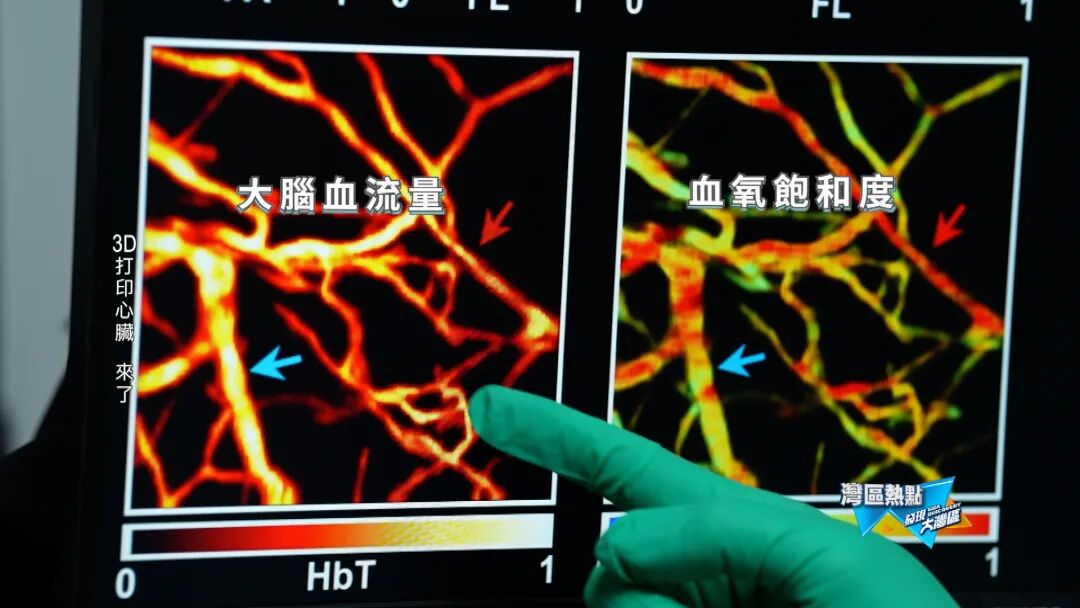
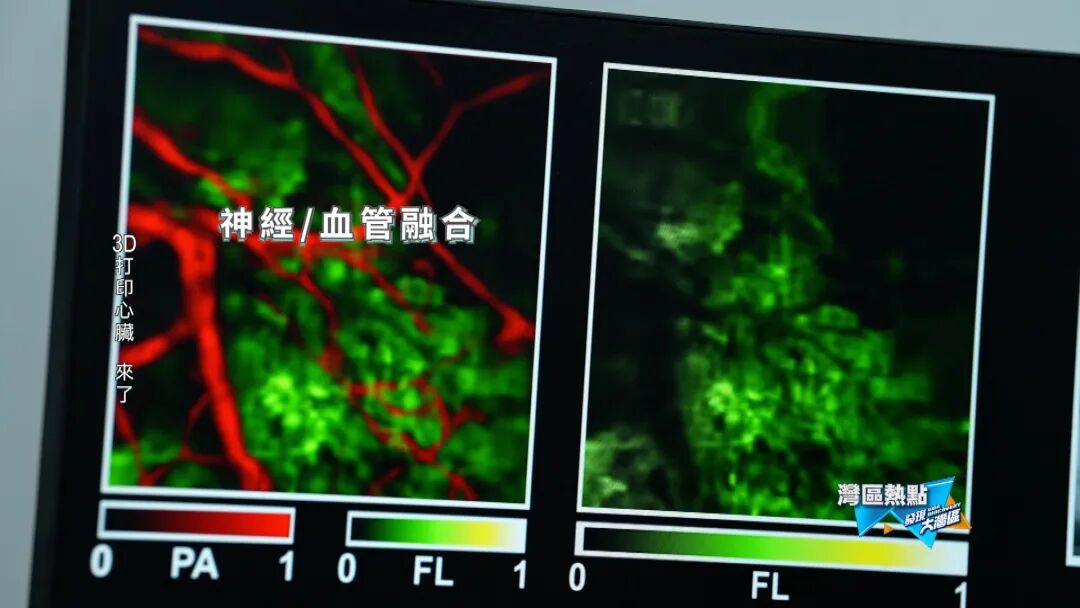
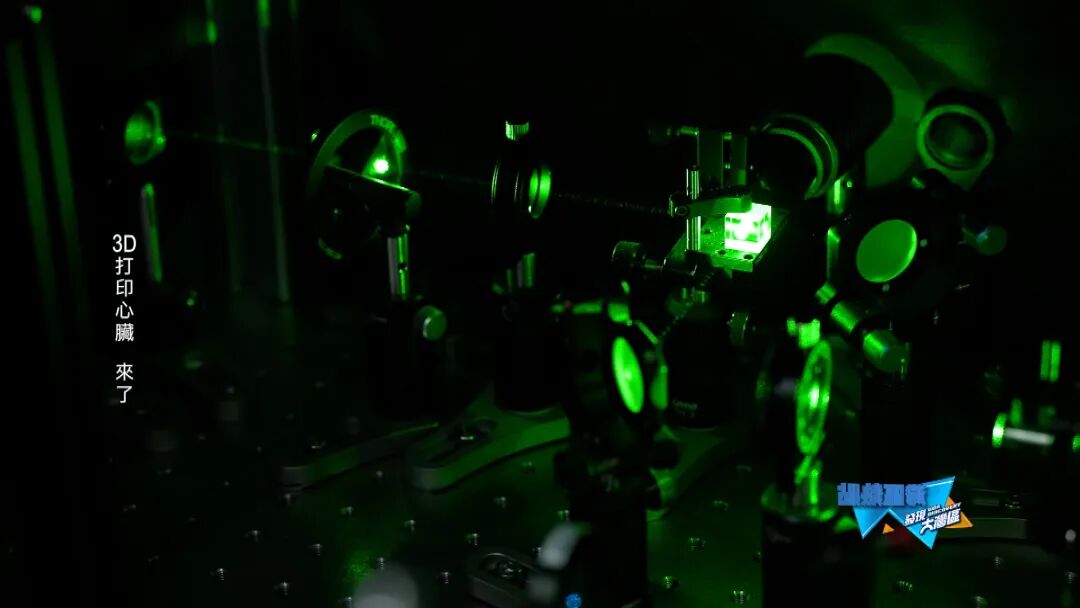
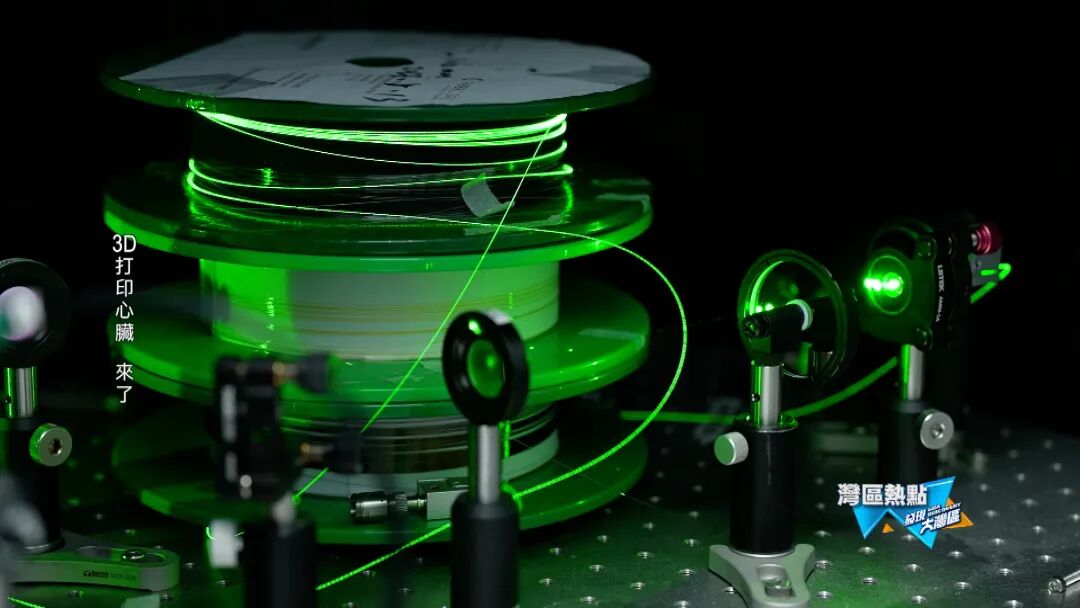
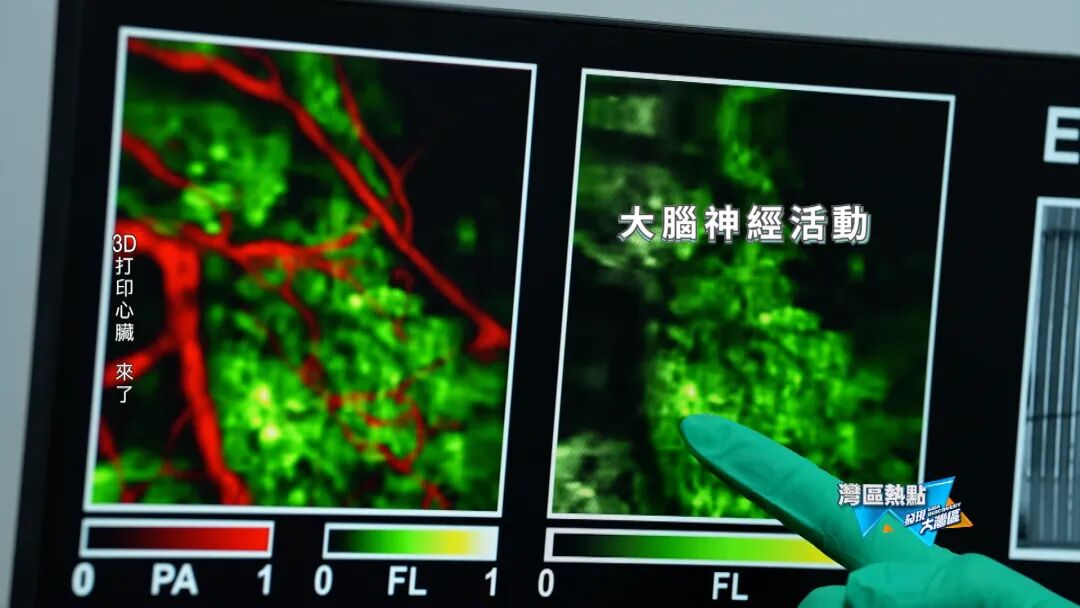
This is the world’sfirst device that can observe neuronal firing and blood flow oxygen changes in freely moving animals at single-cell resolution.
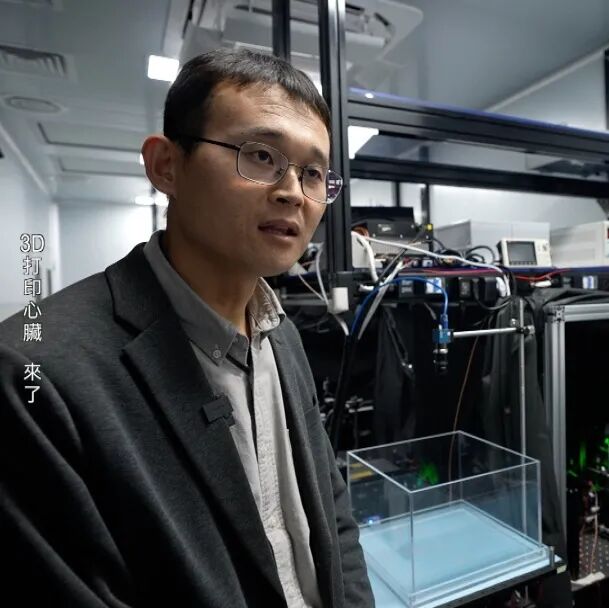
“Using this tool, we can study when strokes occur and what methods can effectively intervene in strokes. This tool has unique application value in some important brain diseases. Through neurovascular coupling, especially through some preliminary imaging results, we can detect vascular abnormalities early and intervene to prevent seizures.”
Shenzhen Advanced Institute
National Key Laboratory of Medical Imaging Researcher
Liu Chengbo
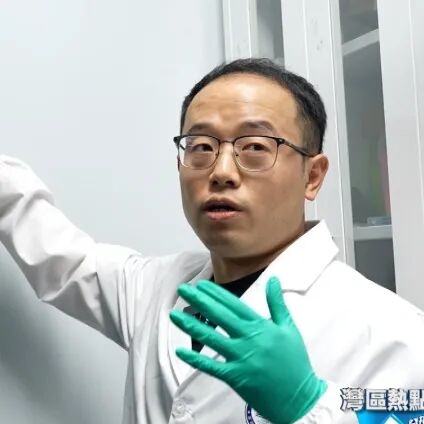
Shenzhen Advanced Institute
National Key Laboratory of Medical Imaging
Assistant Researcher Chen Ningbo
“During the process of seizures in mice, we found that about tens of seconds before the entire seizure, we could observe that some blood vessels dilate and there is a significant consumption of blood oxygen.”
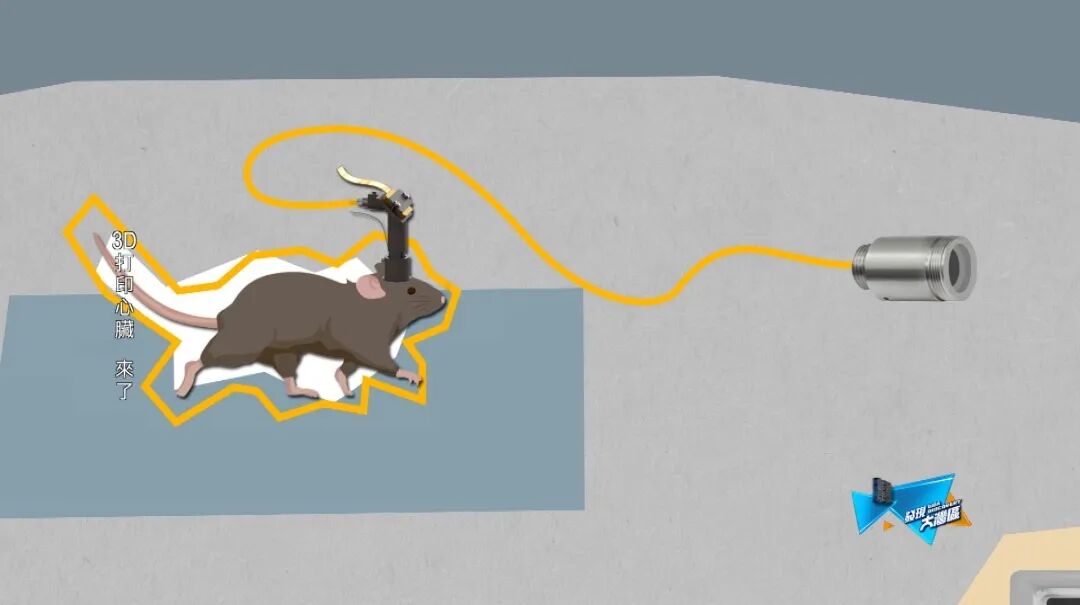
step1
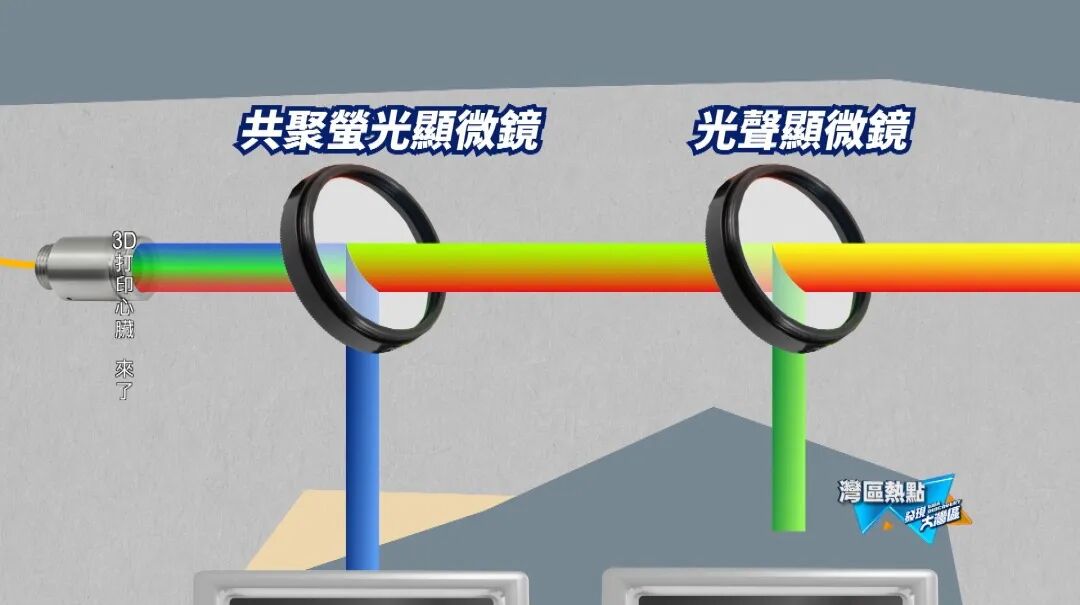
step2
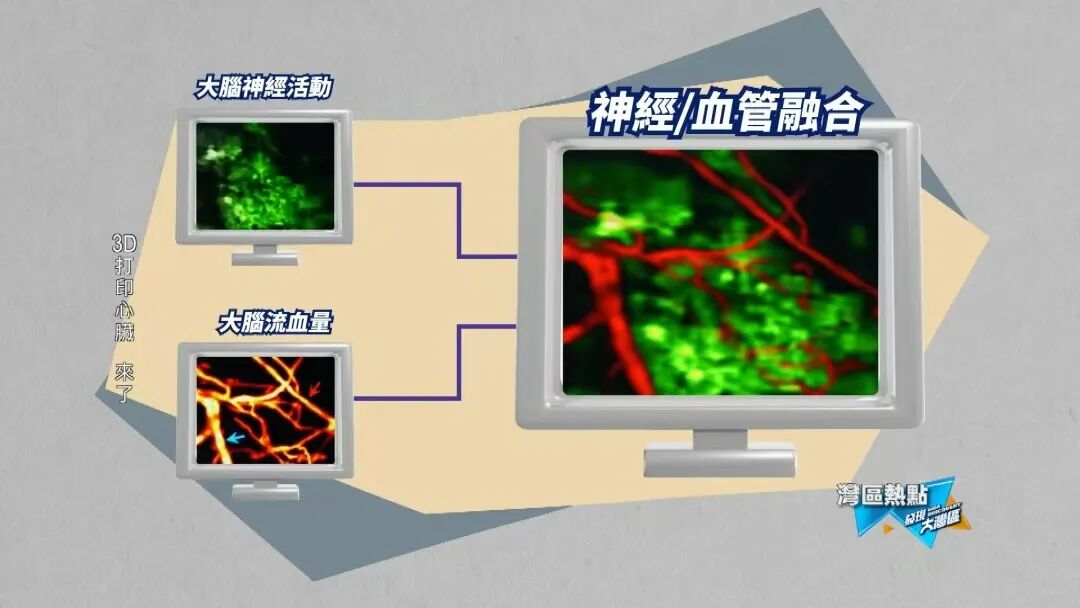
step3
The research team stated that at this stage, studying the coupling relationship between neurovascular systems and inferring neural activity from vascular activity can significantly improve the speed of future medical diagnoses.
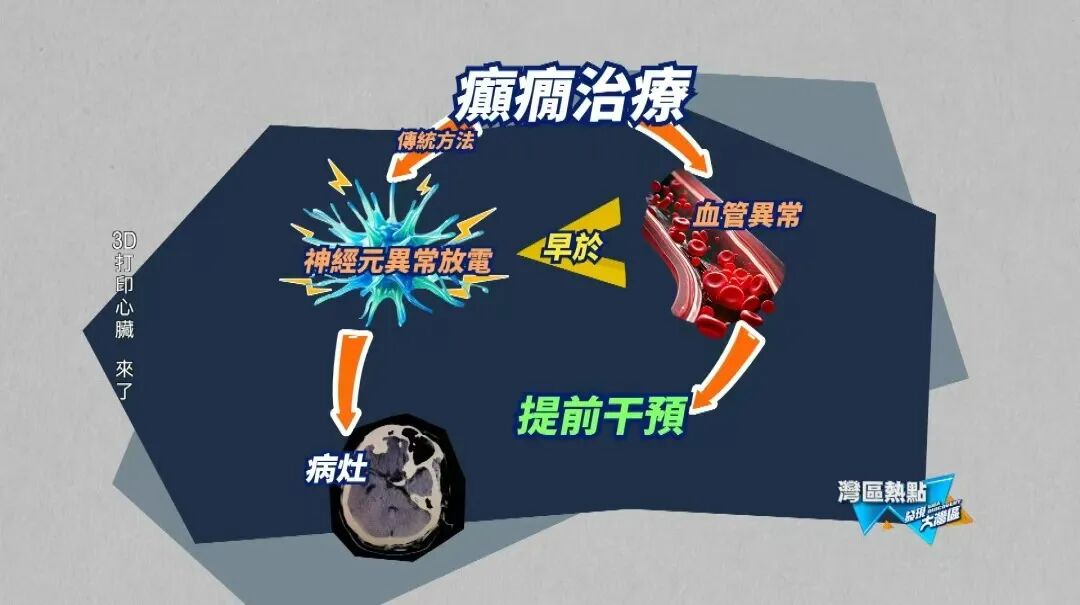
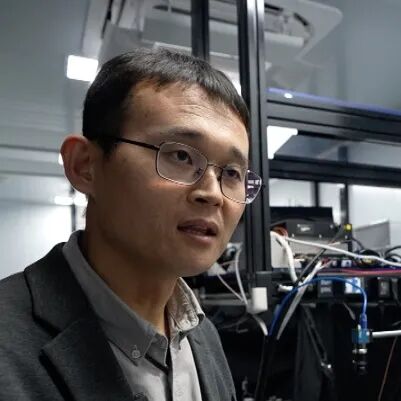
Shenzhen Advanced InstituteMedical Imaging
National Key Laboratory Researcher Liu Chengbo
“In neurodegenerative diseases, including Alzheimer’s and Parkinson’s, some patients develop these diseases because their neurovascular coupling function deteriorates. This is especially true for the elderly, who often develop these diseases due to abnormalities in neurovascular coupling, leading to the inability of neurons to regulate blood vessels, resulting in metabolic waste not being cleared from the brain. Over the years, this waste accumulates and causes irreversible damage to our brains. Therefore, through neurovascular coupling, we can accelerate the clearance of metabolic waste in the brain, which also involves further connections between blood vessels and some lymphatic systems.”

The researchers told us that this dual-modal imaging probe has a resolution of1.5 micrometers precision.
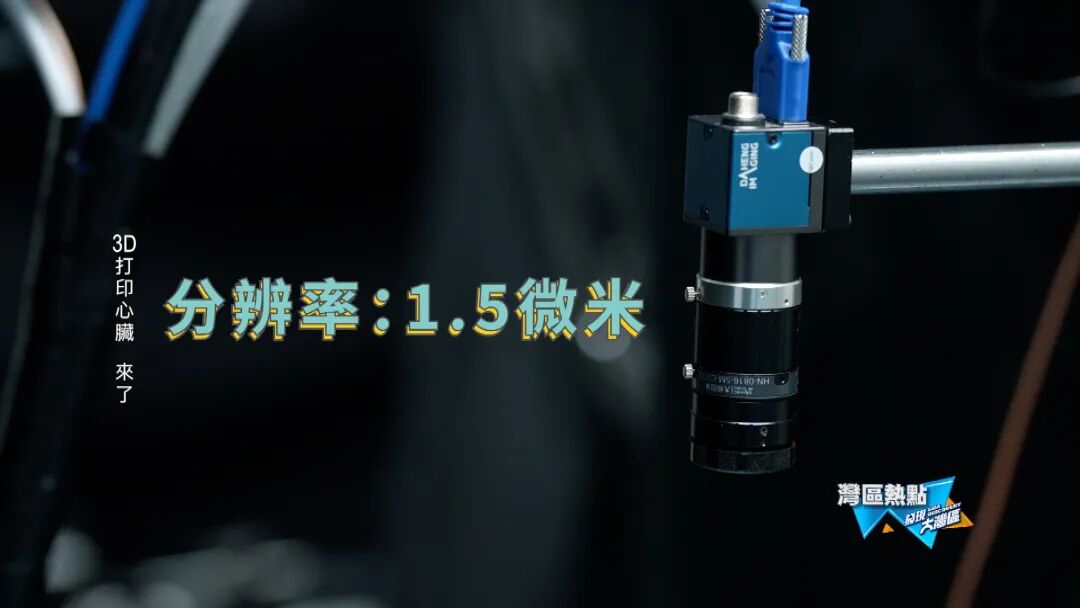

Shenzhen Advanced Institute
Medical Imaging
National Key Laboratory
Associate Researcher Xu Zhiqiang
“Our imaging technology has a very high spatial resolution, achieving 1.5 micrometer resolution. What does this mean? It can clearly see individual neuronal cells and the finest microvessels in the brain, such as capillaries.”
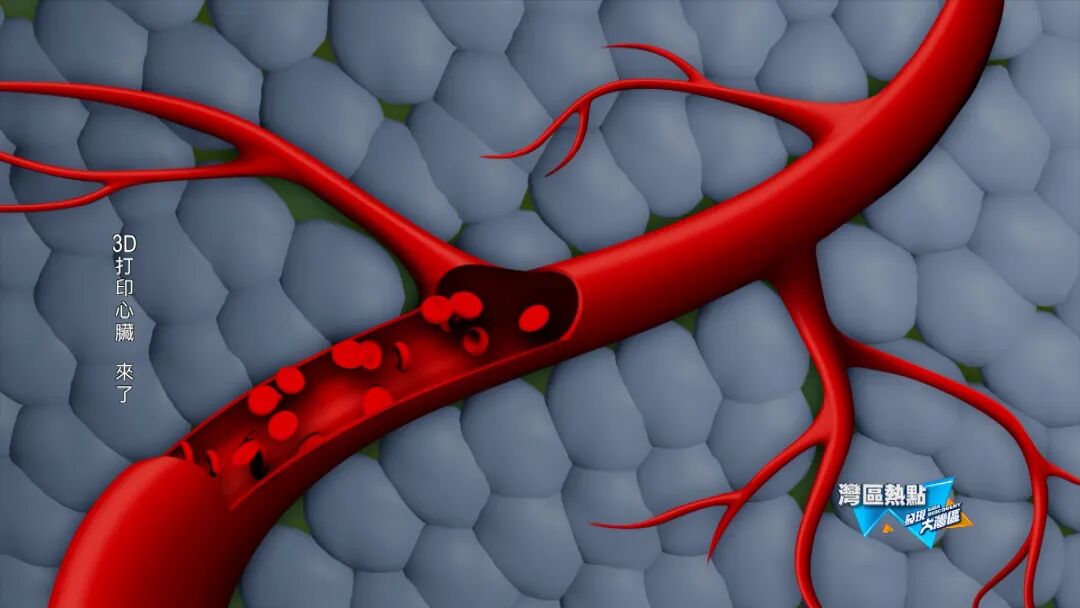
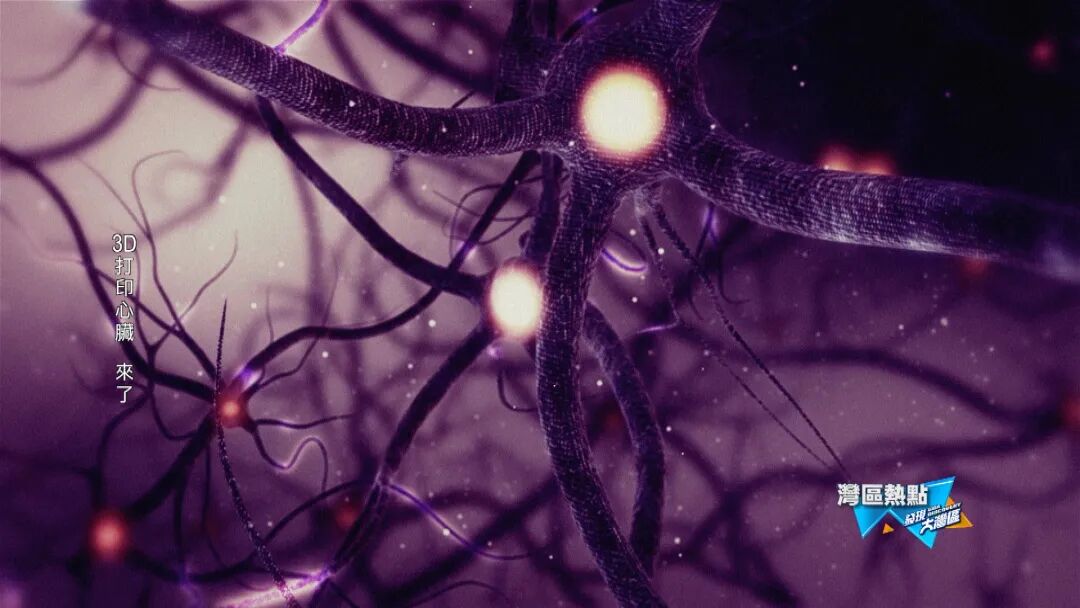
As a new brain-machine interface tool, this non-invasive device’s precision is comparable to that of invasive brain-machine interface devices.

Invasive
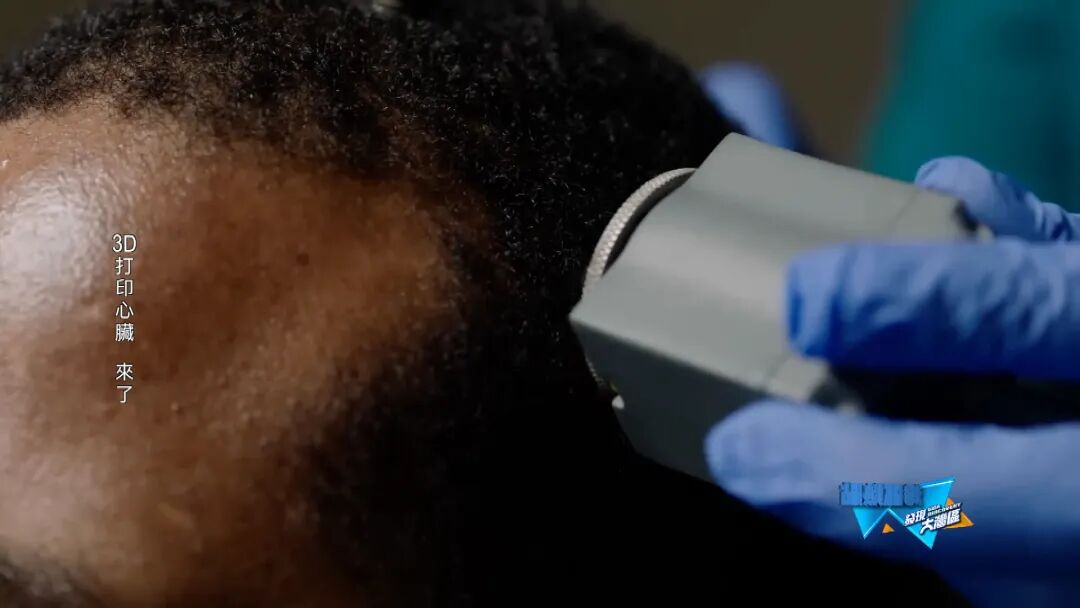
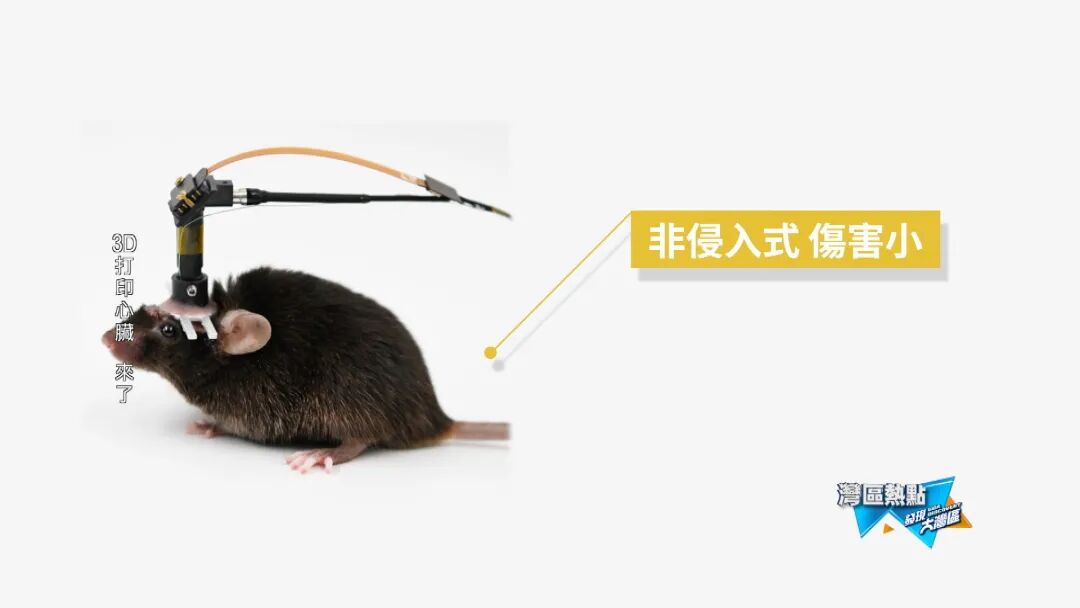
Non-invasive
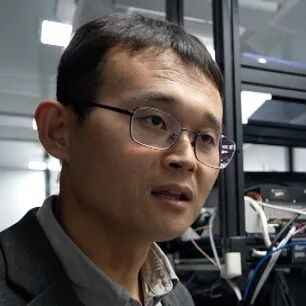

Shenzhen Advanced InstituteMedical Imaging
National Key Laboratory Researcher Liu Chengbo
“We observe neurons usingconfocal fluorescence imaging, and for blood vessels, we usephotoacoustic imaging, utilizing hemoglobin. Unfortunately, due to ethical constraints in human studies, we can currently only observe blood flow in the brain’s blood vessels and cannot directly observe neural activity. Therefore, at the human level, we rely on neurovascular coupling to infer neural activity information from observed blood flow and oxygen signals.”
 Producer: Gong Yun
Producer: Gong Yun
Director: Dou Wen
Editor: Zhang Yichi
Today’s video recommendations: Everyone is watching ·US media: White House admits “China has not called about tariffs”·Trump personally negotiates with Japan, tariff policy faces first “test”·Manufacturing returning to the US? A Phoenix reporter visits Foxconn’s US factory: large areas of land idle, main roads blocked